
Why is Color Theory Confusing?
I think the majority of the confusion stems from all of the names of pigments and all of the “made-up” names that some manufacturers assign to colors that they produce. What really is “Sky Blue” anyway?
The fact is color theory is based on generic forms of colors – Red, Blue, Yellow, etc. Color mixing utilizes color theory but the results of the mixed color are dependent on the actual pigments used.
For example, you may mix “Alizarin Crimson” (red) with “Cadmium Yellow” (yellow) to produce an “orange”. Or you may mix “Cadmium Red” (red) with “Lemon Yellow” (yellow) to produce an “orange”.
In both cases, you are mixing “red” with “yellow” producing an “orange”. However, the orange that results from both mixtures is different because the pigments of the paints are different. (We discuss this in a bit more detail in Module 4 of “The Watercolor Workshop”.)
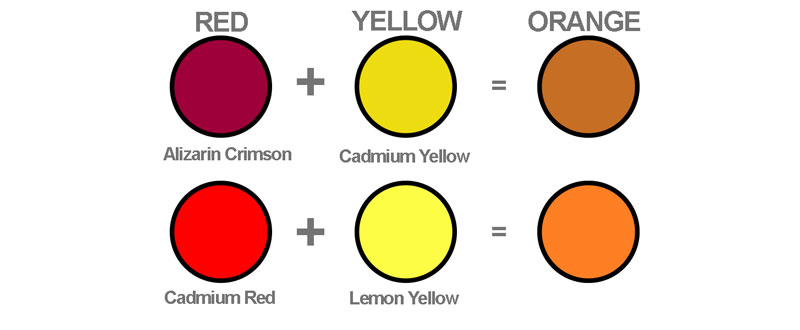
But I’m getting off topic here. So enough about theory vs. mixing for now.
The reason I’m writing this post is to share with you a resource that I’ve found that makes a game out of color theory. But before I share it with you and in order to make the most of the game, let’s review a few basics on color theory…
Hue
The word “hue” is used to refer to the pure color without any variation in value or intensity. Theoretically, all hues should exist on the color wheel.

Value
The value of the color is altered when the neutral colors of black or white are added to it. It is essentially the darkness or lightness of a color. Tints are the result of adding white to the pure hue. Shades are the result of adding black to the pure hue.

Tone
Tone is very similar to value, but it can refer to various intensities of the color as well as the value of the color. Value is altered with black or white, while intensity is altered by mixing gray with the color.
Saturation/Intensity
Saturation refers to the intensity or strength of the color. A color in its purest form, without any neutral colors added, is considered fully saturated. Any additions of neutral colors change the intensity of the color, desaturating it. Think “vivid” vs. “dull”.

Color Schemes
Color schemes are created by the relationships of colors based on their locations on the color wheel. While any combination of colors could be considered a “color scheme”, certain relationships exist that typically lead to aesthetically successful art.
*There are more color schemes that exist, but for the purposes of preparing you for the game, I’ll only touch on the schemes that are included with it.
Complementary
Complementary color schemes are made up of two colors that are directly across from each other on the color wheel. Complementary schemes provide high contrast and are often used for sports teams and logos.

Analogous
Analogous color schemes are made of 3-5 colors that are next to each other on the color wheel. Analogous schemes provide harmonious color relationships with little contrast.

Triadic
Triadic color schemes are made of 3 colors that are equidistant from each other on the color wheel. This relationship creates a triangle with the color locations on the color wheel. Triadic schemes provide high contrast.

Tetradic
Tetradic color schemes are made of 4 colors that are equidistant from each other on the color wheel. This relationship forms a square with the color locations on the color wheel.

See Also: The Interactive Color Wheel
The Color Game
Ok, now to the game that I have come across. The game deals with how you perceive each element of color that we reviewed above. I’ll give you a bit of warning – it’s not as easy as it seems that it may be.
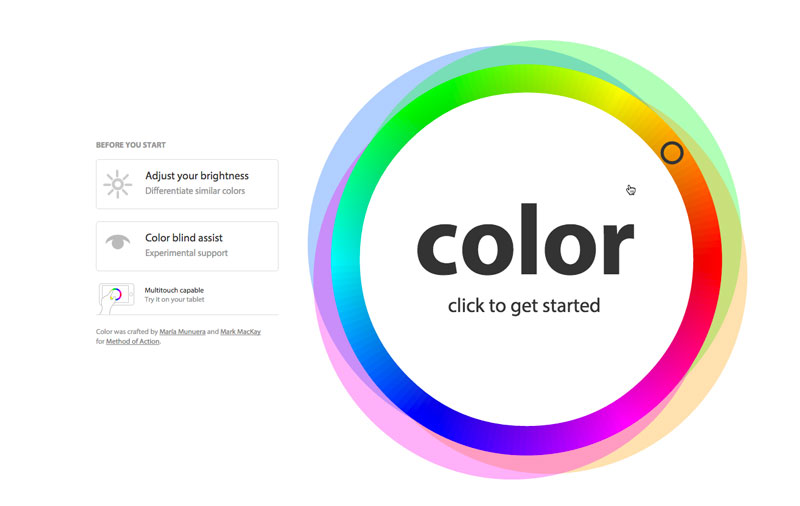
You are evaluated on how closely you are able to match the color, the saturation of the color, and the color schemes that are presented. There is a time limit and your goal is get an evaluation of “perfect” for each color match.

You are presented with a color or a group of colors in the center of the tool that you must match. The color winds down indicating the amount of time that you have left to make your match. Match the colors correctly by scrolling your mouse around the color wheel and get a perfect score.
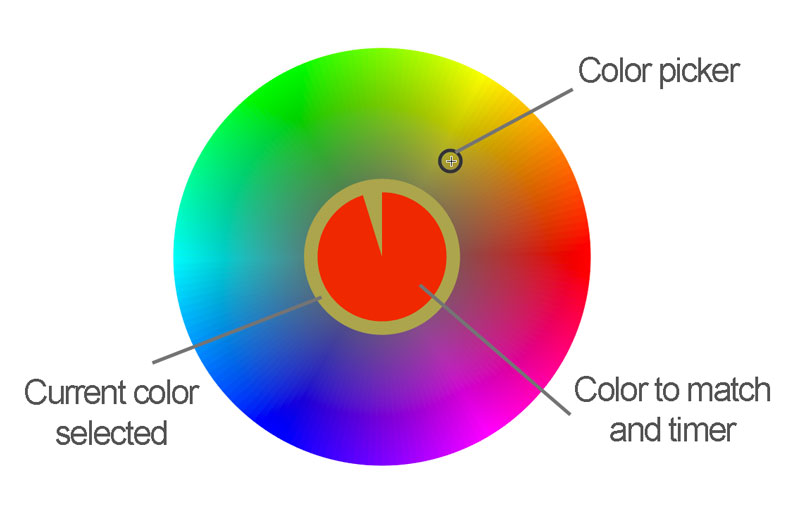
The game becomes progressively more difficult starting with hue, before progressing to saturation, and then on to color schemes.
After you have completed each of the tasks, you are given a score. Here’s a look at my score the first time I went through.
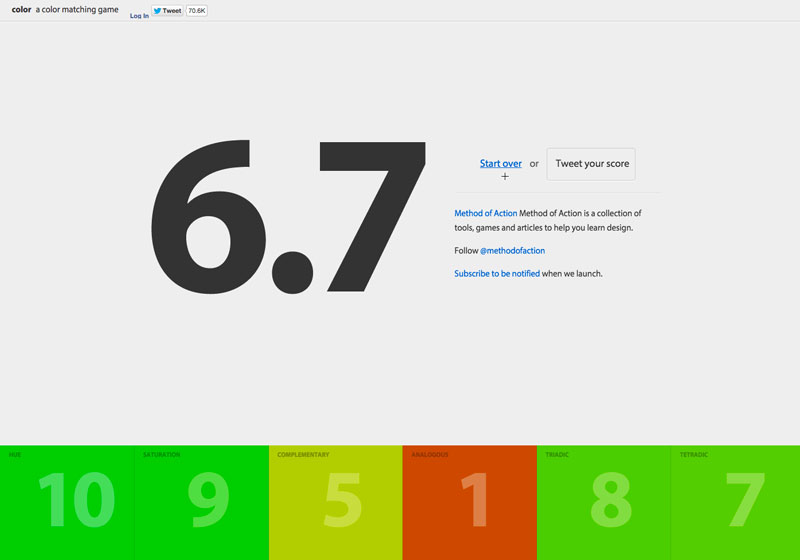
You can see that I really struggled with “Analogous”, but I think it was because I was getting accustomed to how the tool worked. (That’s my excuse anyway.)
The game is quite fun to play and fairly challenging as well. So, are you ready to test your skills? Can you beat my score? Feel free to post your score in the comments below.
If so, join over 36,000 others that receive our newsletter with new drawing and painting lessons. Plus, check out three of our course videos and ebooks for free.
Lesson Discussion
Comments are closed.


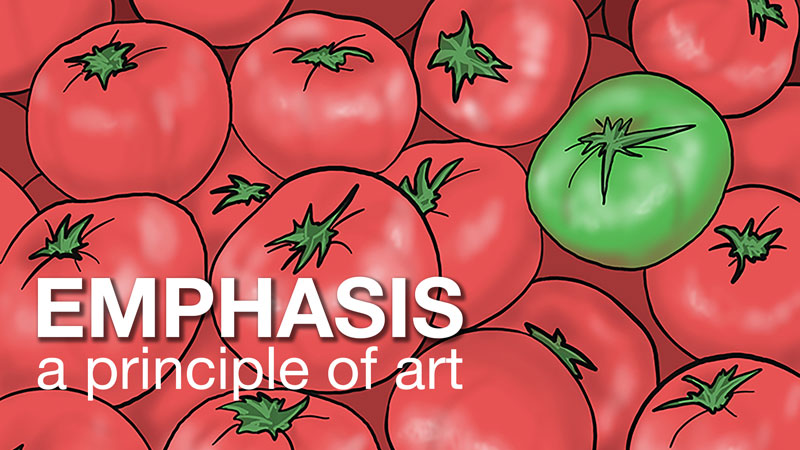
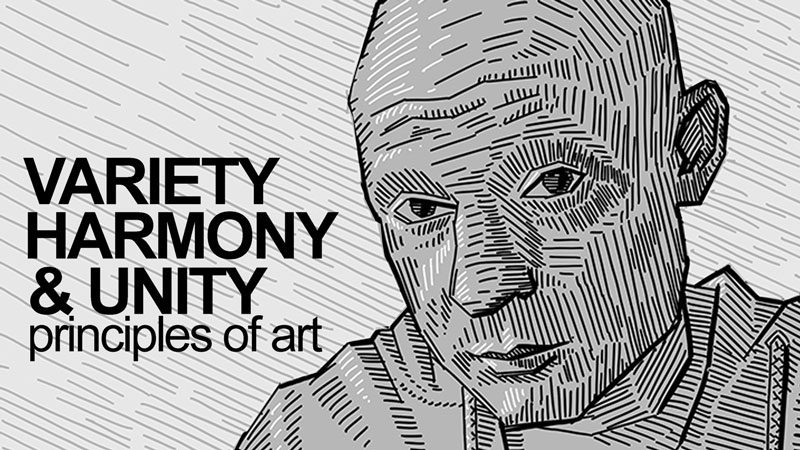

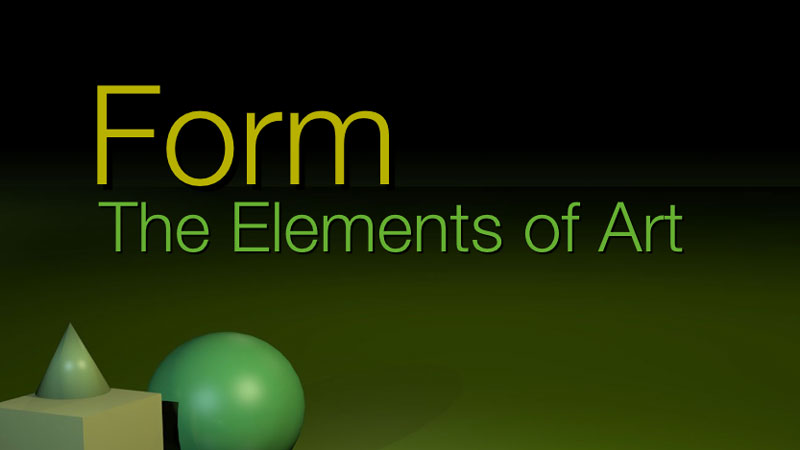
first
second